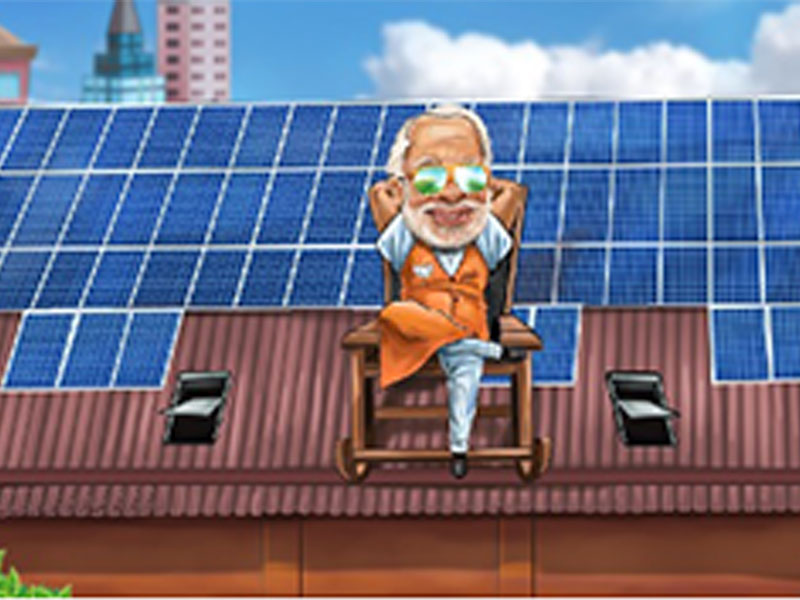Sri Lanka’s solar and wind power purchase prices are sparking questions, as they appear significantly higher than India’s. Energy Minister Kanchana Wijesekera addressed these concerns, highlighting several key factors:
1. Risk Premium After Sovereign Default:
Investors consider Sri Lanka a riskier investment after the recent sovereign default. This translates to a “risk premium” added to renewable energy prices, inflating the costs compared to India.
2. Higher Transportation and Installation Costs:
Transporting and installing wind turbines in Sri Lanka is more expensive due to the lack of specialized equipment within the country. This necessitates importing equipment and expertise, further driving up costs.
3. Domestic Manufacturing Advantage in India:
India has a thriving domestic industry producing solar panels, wind components, and transmission equipment. This localized production significantly reduces costs compared to Sri Lanka, which relies on imports.
4. Project Scale Disparity:
Some Indian renewable energy projects are significantly larger than those in Sri Lanka. Economies of scale play a major role in cost-effectiveness, giving India an edge.
5. India’s Competitive Bidding System:
Energy experts point to India’s robust and competitive bidding system as a key factor in driving down renewable energy costs. This system fosters competition among developers, leading to lower prices
Understanding these differences can help Sri Lanka develop strategies to attract investors and reduce renewable energy costs.







